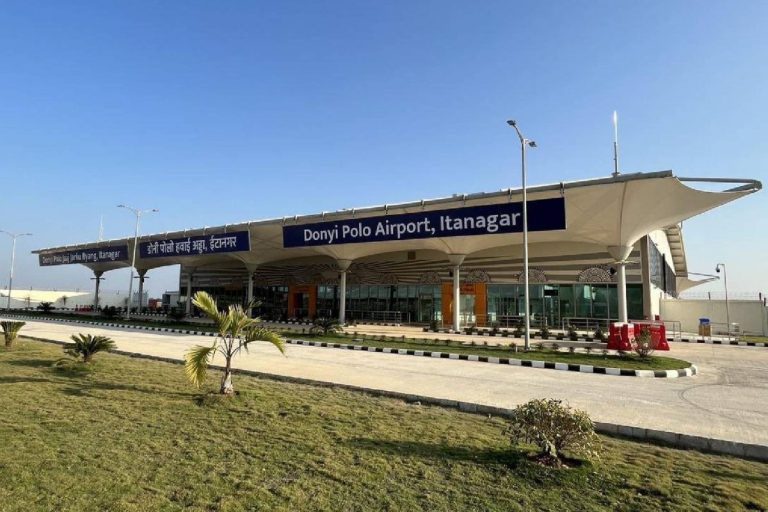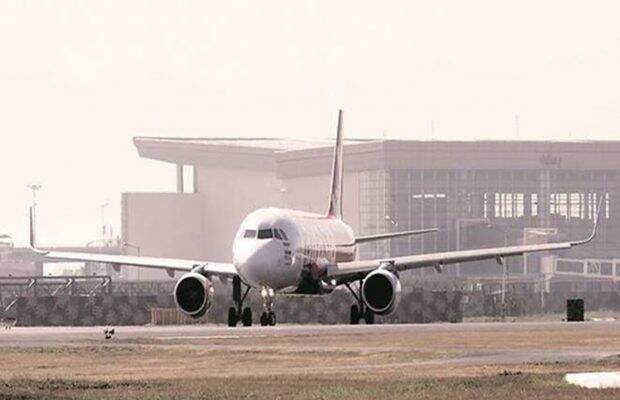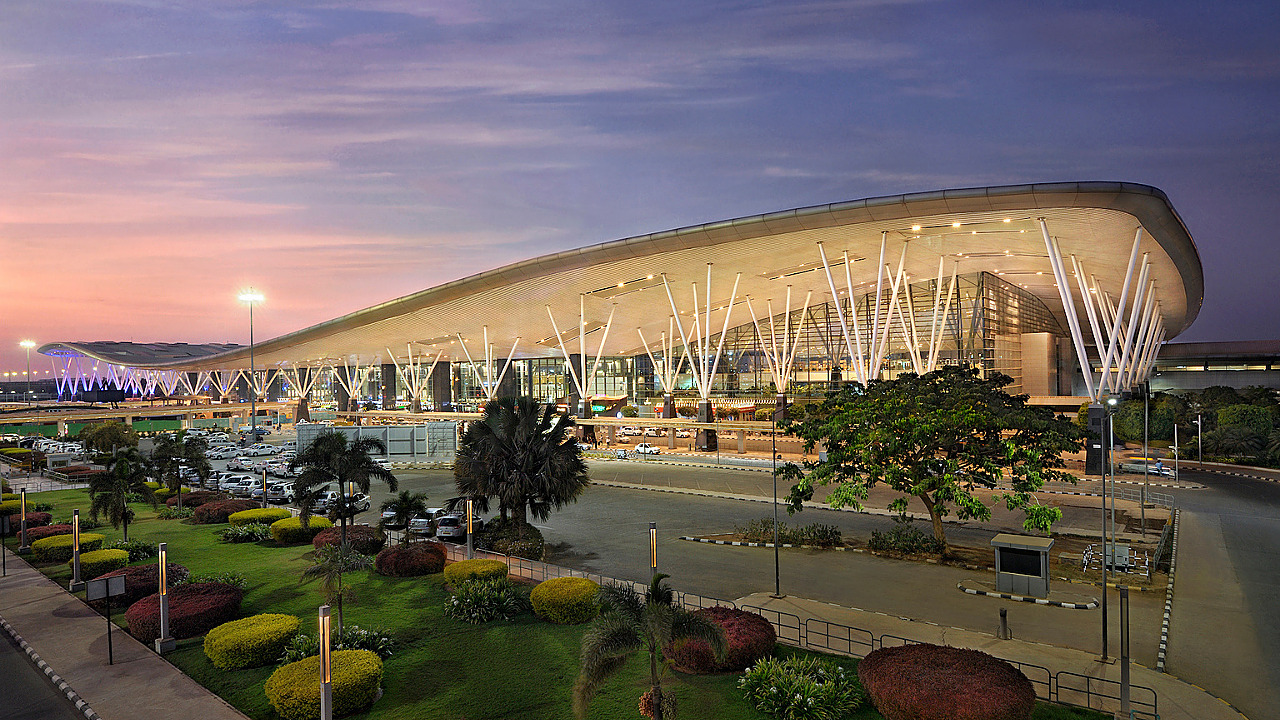Greenfield Airports Boost India’s Aviation: 21 Operationalized, 7 Approved ‘In-Principle’ – Full Details Revealed

Greenfield Airports Boost India’s Aviation: 21 Operationalized, 7 Approved ‘In-Principle’ – Full Details Revealed
The Greenfield Airports (GFA) Policy, implemented by the Modi government in 2008, aims to facilitate the development of new airports in India. The policy provides a framework for developers, including state governments, interested in constructing airports to identify suitable sites and carry out a Pre-feasibility Study. Once the potential site is identified and the study is conducted, the developers must submit a proposal to the Central Government for ‘Site Clearance.’
If the Central Government finds the proposal feasible and suitable, it grants ‘Site Clearance’ to the developer. After obtaining this clearance, the developer can seek ‘In-Principle’ approval from the government. The ‘In-Principle’ approval is critical as it signifies the government’s willingness to support the project in principle.
The GFA Policy was introduced to encourage the development of new airports across the country, especially in areas with limited or no air connectivity. By providing a clear and systematic process for site identification, feasibility studies, and approvals, the policy aims to streamline the development of Greenfield airports and enhance air connectivity in different regions of India.

Greenfield Airports in India
Yes, that’s correct. As part of the Greenfield Airports (GFA) Policy, the central government granted ‘In-Principle’ approval to establish 21 new Greenfield Airports in various states across India. These airports are intended to enhance air connectivity and infrastructure in their respective regions. The airports approved under this policy include the following:
1. Mopa in Goa
2. Navi Mumbai, Shirdi, and Sindhudurg in Maharashtra
3. Kalaburagi, Vijayapura, Hassan, and Shivamogga in Karnataka
4. Dabra (Gwalior) in Madhya Pradesh
5. Kushinagar and Noida (Jewar) in Uttar Pradesh
6. Dholera and Hirasar in Gujarat
7. Karaikal in Puducherry
8. Dagadarthi, Bhogapuram, and Orvakal (Kurnool) in Andhra Pradesh
9. Durgapur in West Bengal
10. Pakyong in Sikkim
11. Kannur in Kerala
12. Hollongi (Itanagar) in Arunachal Pradesh
These Greenfield airports are expected to contribute to aviation growth in India and promote economic development in their respective regions.

Operational airports
11 out of the 21 Greenfield airports mentioned earlier have already been operationalized. The operationalization of these airports will further improve air connectivity in their respective regions and boost economic development. As these airports continue to serve passengers and contribute to aviation growth in India, the remaining Greenfield airports will likely follow suit and become operational in due course.
UDAN scheme
The Regional Connectivity Scheme (RCS) – UDAN is a significant initiative by the Ministry of Civil Aviation to improve regional air connectivity and make air travel more accessible to the masses, especially in underserved and unserved areas. The operationalization of 74 airports, including heliports and water aerodromes, under UDAN, is a positive step towards achieving these objectives. This scheme plays a crucial role in enhancing transportation options and promoting economic growth in India’s remote and less-connected regions.

‘In-principle’ approval
It’s interesting to note that seven out of the 21 Greenfield Airports have received ‘in-principle’ approval to be developed as international airports. This indicates the government’s efforts to enhance air connectivity and promote international travel in these regions.
The involvement of the Airports Authority of India (AAI) in developing Hirasar and Dholera airports ensures a standardized and professional approach to constructing and managing these airports. The other projects financed by concerned airport developers highlight the private sector’s active participation in infrastructure development, contributing to the growth of aviation and related industries in India.
Overall, the progress in developing these Greenfield Airports signifies the government’s commitment to modernising India’s aviation sector and making it more accessible and convenient for both domestic and international travellers.

Private investment in airport infrastructure
Under the FDI Policy, the allowance of 100% Foreign Direct Investment (FDI) in Greenfield and Brownfield airport projects is a significant step to encourage foreign investors to participate in airport development projects in India. This move will likely bring in more capital, expertise, and technology, leading to the modernization and expansion of airport facilities across the country.
The grant of ‘in-principle’ approval to State Governments for developing Greenfield Airports under Public Private Partnership (PPP) mode with private investment is another proactive measure to involve the private sector in the growth of the aviation industry. This approach can foster better collaboration and efficiency in airport infrastructure development and operations.
The upgrade of airports to international status is an important milestone that indicates their growth in commercial viability, passenger traffic, and overall importance in the aviation network. With the declaration of four additional airports as International Airports since 2014, India’s global connectivity has expanded, promoting economic activities, tourism, and trade.
These measures demonstrate the government’s commitment to creating a conducive environment for private investment in airport infrastructure and enhancing India’s aviation capabilities. It also reflects the government’s focus on promoting air connectivity and bolstering the aviation sector’s contribution to the nation’s economic growth and development.
Enhancement of airport infrastructure
The Greenfield Airports Policy and related initiatives have played a vital role in developing and improving airport infrastructure and air connectivity in India. These measures have had several positive impacts on the aviation sector and the overall economy:
1. Regional Connectivity: The Greenfield Airports Policy has facilitated the development of airports in previously underserved and remote regions, improving regional connectivity. This has increased accessibility for people living in these areas and boosted economic development in the regions.
2. Economic Growth: The expansion of airport infrastructure has stimulated economic growth in the country. Airports act as catalysts for trade, tourism, and investment, attracting businesses and driving economic activity in the surrounding areas.
3. Employment Opportunities: Developing new airports and expanding existing ones have created significant employment opportunities directly and indirectly. This has contributed to job creation and economic empowerment.
4. Foreign Investment: Allowing 100% FDI in Greenfield and Brownfield airport projects has attracted foreign investment in the aviation sector. This has brought in capital, expertise, and technology, leading to the modernization of airport facilities and services.
5. Tourism Boost: Improved air connectivity through Greenfield airports has led to increased domestic and international tourism. Tourist influx has positively impacted local economies and promoted cultural exchange.
6. Connectivity to Remote Areas: Greenfield airports have improved air connectivity to remote and difficult-to-reach areas, enabling faster transportation of goods and essential supplies, especially during emergencies or natural disasters.
7. International Airports: Upgrading certain airports to international status has expanded India’s global connectivity, facilitating trade and enhancing India’s position in the global aviation market.
8. Public-Private Partnerships: Encouraging Public Private Partnerships (PPP) for airport development has leveraged private sector expertise and resources to ensure efficient and effective project execution.

Overall, the initiatives and policies introduced by the government in the aviation sector have had a transformative impact, promoting sustainable growth and development while enhancing the overall flying experience for travellers. The continued focus on airport infrastructure development and air connectivity is crucial for India’s economic progress and its position as a significant player in the global aviation landscape.




